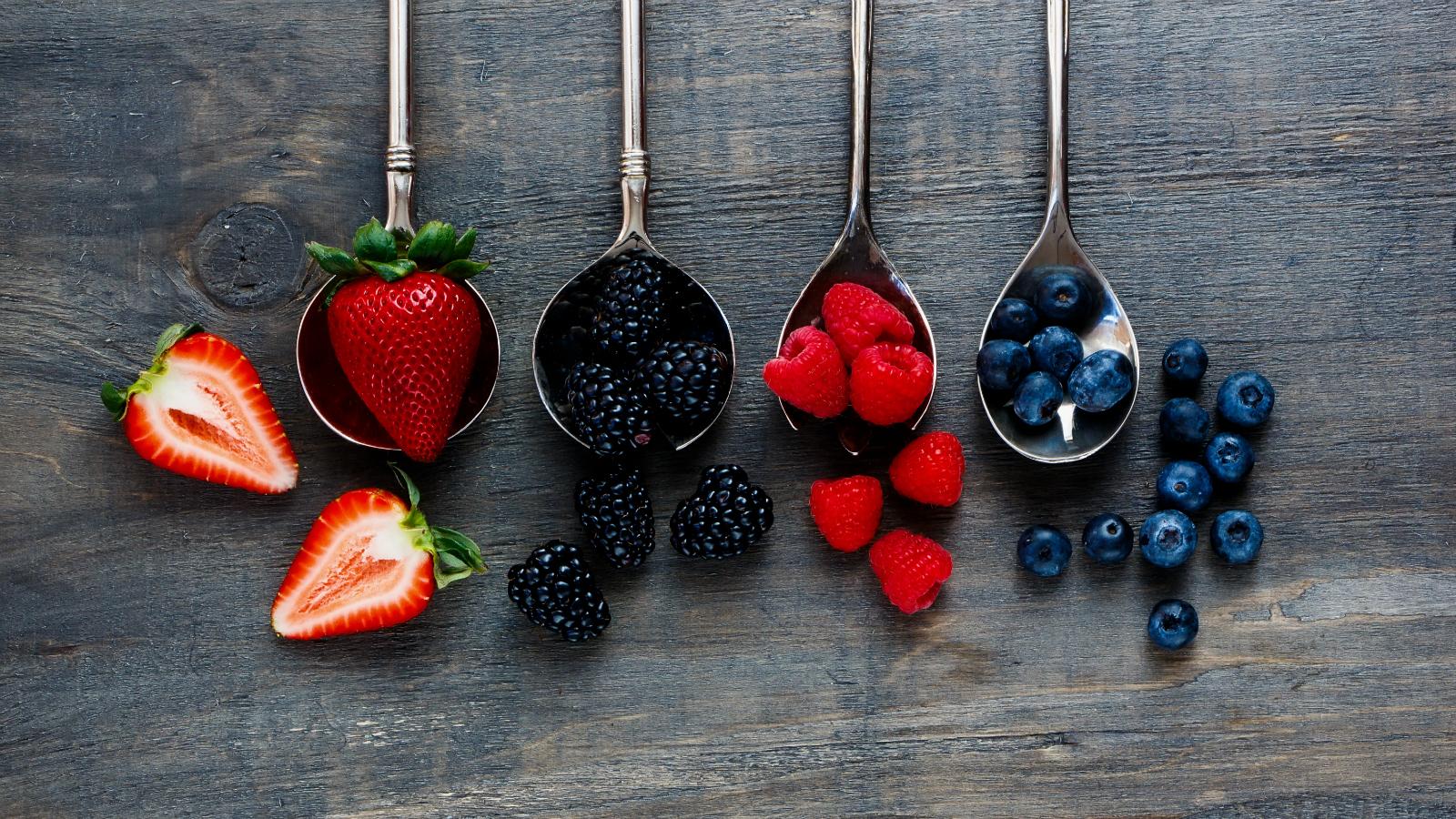Q. Dear Umbra,
I love strawberries, blackberries, and raspberries — which, thankfully, are available locally in New England, even if just for a few weeks per year. Most of the rest of the year I give in to decidedly non-local California berries. The drought in California has given me pause, though, and I was wondering if there is any information on the water needed to grow produce like strawberries in California vs. in non-arid climates like New England?
Alex D.
Somerville, Massachusetts
A. Dearest Alex,
Oh, the berries of summer, and the culinary delights they provide! Strawberry shortcake, blackberry jam, raspberry trifle … and let’s not forget gooseberry pie, lingonberry pancakes, and my personal favorite, thimbleberry melba. With berry season in full swing, I must confess to typing this with purple-stained fingers.
I suspect our enthusiasm for berries would be tempered, though, if we knew how much water they were slurping up — especially out in California, where long-lasting drought has made us all feel a lot guiltier about our almond-milk lattes. Most berries — besides truly wild, rain-fed fruits you pluck yourself — will require some irrigation, regardless of where they’re grown. A few number-crunchers have reported average water footprints for your favorites. One California-specific study found that growing a single strawberry requires .25 gallons of water, a raspberry uses .16 gallons, and a blueberry sips up .04 gallons. Another source that looked at global averages ranks blueberries as thirstier than the other two. But to keep things in perspective: They agree that, generally, berries are a lot less water-intensive than some other crops, such as nuts, oils, and grains. And they’re hugely less water-greedy than meats.
So berries aren’t our highest priority when it comes to water footprints. Still, are your local berries any better, Alex? That’s a tougher question, as it depends a lot on the farmers. On one hand, smaller farms can be more likely to adopt sustainable practices, including water-miser irrigation systems. On the other, the large-scale fruit operations in California (basically the Berry Capital of the USA) may be watering those big fields more efficiently, using less water per berry than a mom-and-pop outfit. The local climate matters, too — a berry field in a hotter, sunnier, windier, and/or lower-humidity spot will require more hose action than a cooler, wetter place. These factors vary quite a bit across the Eastern seaboard. But generally, said Dr. Michael D. Cahn, irrigation and water resources advisor for the University of California Cooperative Extension, “In summer, I don’t think the water use per day would be a lot different between California and the East Coast.”
But even if the total water use is about the same on both coasts, the impact of that water isn’t. “A gallon of water in the desert has a much different value than a gallon in a wetter environment,” said Heather Cooley, water program director for the Pacific Institute. “[Fruit] creates a larger impact when it’s grown in a hot, dry environment with limited water resources.” Still, Cooley cautions that swearing off California berries won’t make nearly as much difference as reducing your consumption of meat and pretty much everything else. Making products ranging from clothes to cars uses up water, too.
Setting aside the question of water use for a moment, though, there are lots of other reasons to make the most of your neighborhood berry patches while the getting is good. There’s the food miles concept, for one — the farther produce must be shipped, the higher its transportation-related carbon footprint. Shopping local also keeps your cash in the community and can provide crucial support to small, sustainable farms. How do you know a farm is sustainable, by the way? With local farmers, it’s easy — you can chat with the people who sell strawberries at your farmers market and ask them directly about how they farm, and often it’s even possible to visit their farms. And of course, let’s not underestimate the joy of chomping uber-fresh, prime-season berries by the handful.
For all of these reasons, it’s best to eat everything as locally and seasonally as we can. Does that mean you should be shunned for buying California strawberries in May? Of course not. Sometimes a fruit shortcake is just what the doctor ordered. But we should make that an exception, not the rule. Better plan: Stock up on all the delicious summer berries you can right now and preserve them. Canning, freezing, and whipping them up into a big ‘ol batch of jam will keep berry season alive all year — and even frozen berries can make a mean shortcake.
And finally, a word in praise of seasonality: Summer fruits are glorious precisely because they’re available so briefly. Instead of demanding these favorites year-round, damn the environmental impacts, mightn’t it be better to simply appreciate them while the local varieties are ripe? I’ll let John Steinbeck take it away from here: “What good is the warmth of summer, without the cold of winter to give it sweetness?”
Philosophically,
Umbra



